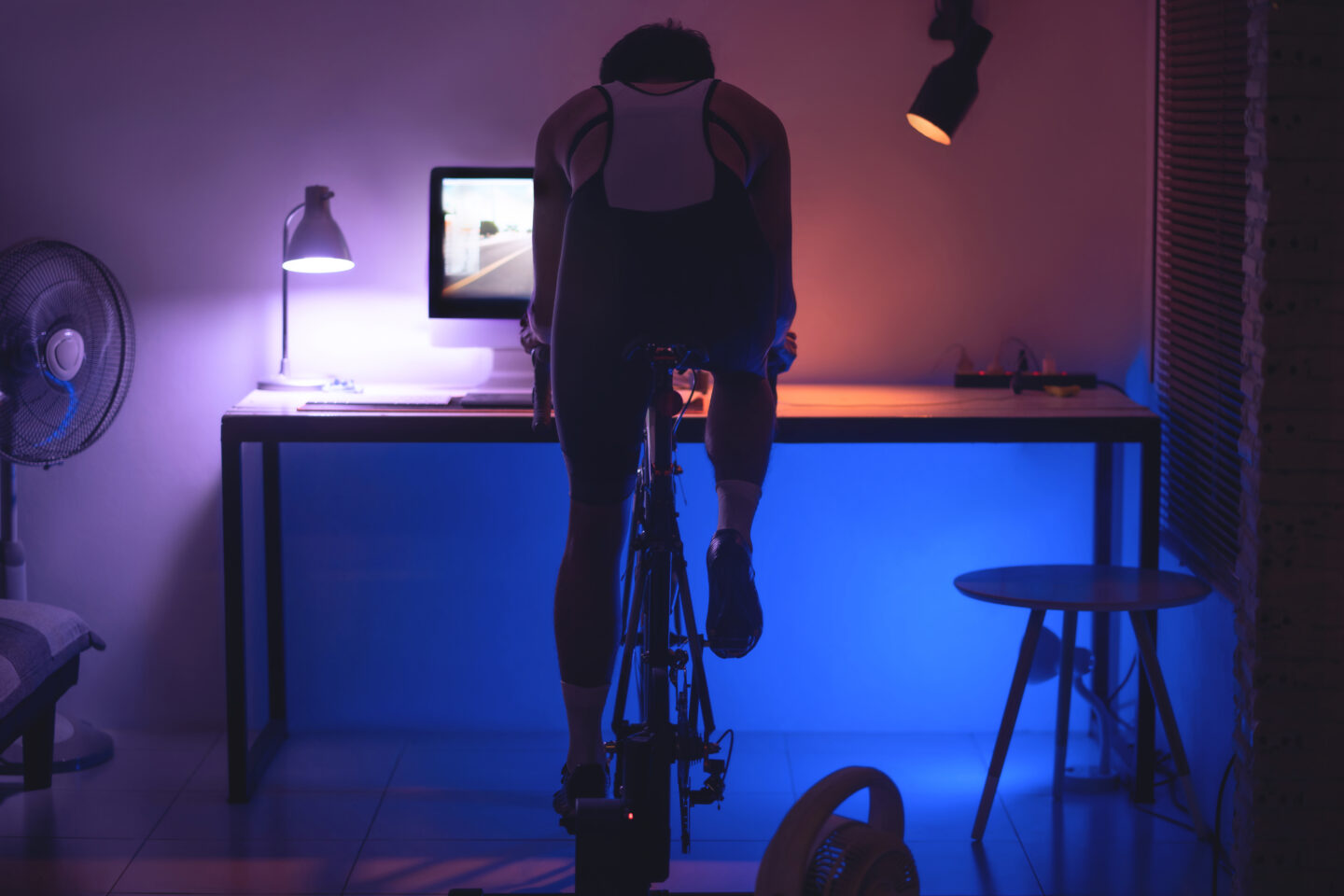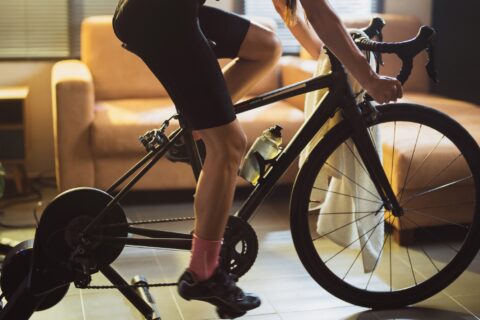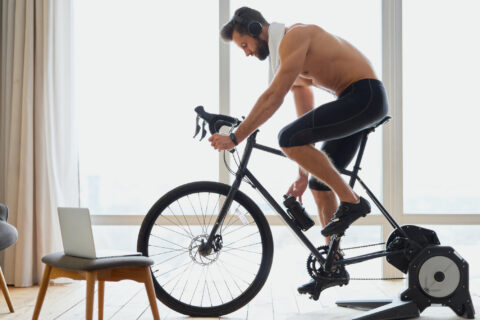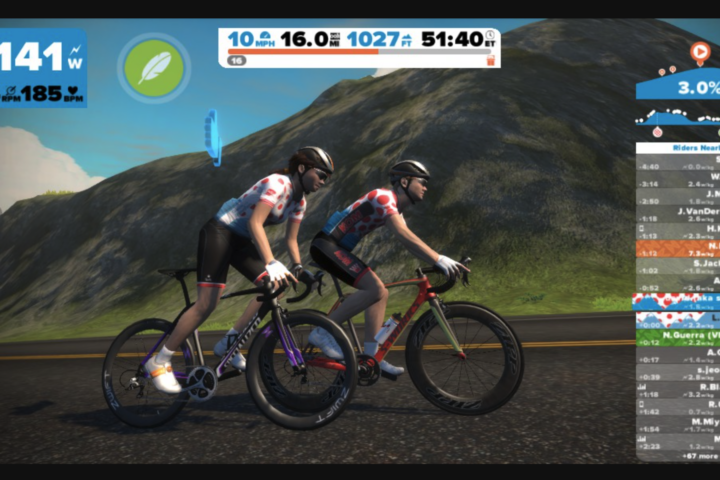Chris Case explains why indoor cycling differs from outdoor riding, then offers tips to help you get the most out of your indoor sessions.
Chris Case explains why indoor cycling differs from outdoor riding, then offers tips to help you get the most out of your indoor sessions.




